When there is plaque, your arteries become clogged and narrow, reducing blood flow. The problem is when the plaque ruptures, it can cause blood clot, and if a piece of the plaque travels in your blood stream, it may lead to a heart attack or a stroke. 4
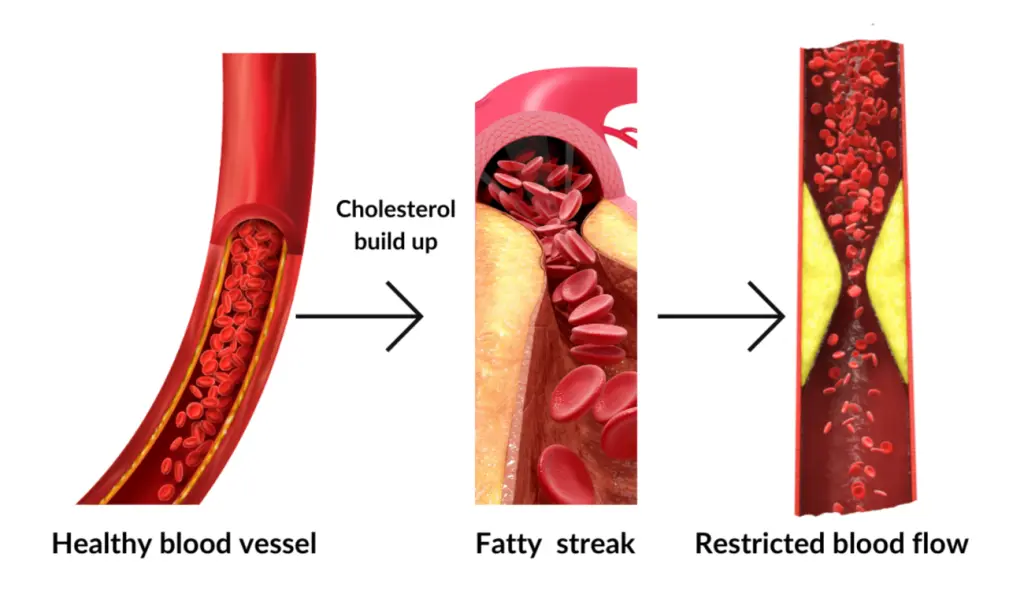
Coronary heart disease has been the #1 cause of death in Malaysia from 2015 to 2022. 3
Getting your cholesterol checked is one of the first steps to minimize the risk of developing heart problems in the future.
Learn about your cholesterol riskThe longer you are exposed to high LDL, you increase your risk of having a heart attack earlier in life. 5
There are usually no signs and symptoms that you have high cholesterol, and many people may be unaware they have high cholesterol for a long period of time until they develop serious health problems. 6
LDL-C accumulates in your blood vessels eventually creating plaque that could obstruct blood flow resulting in the heart attack or stroke.
Your accumulated years of exposure to LDL can be used as an estimate to your plaque burden and your average risk for the first heart attack.
Your risk results based on your LDL-C levels:
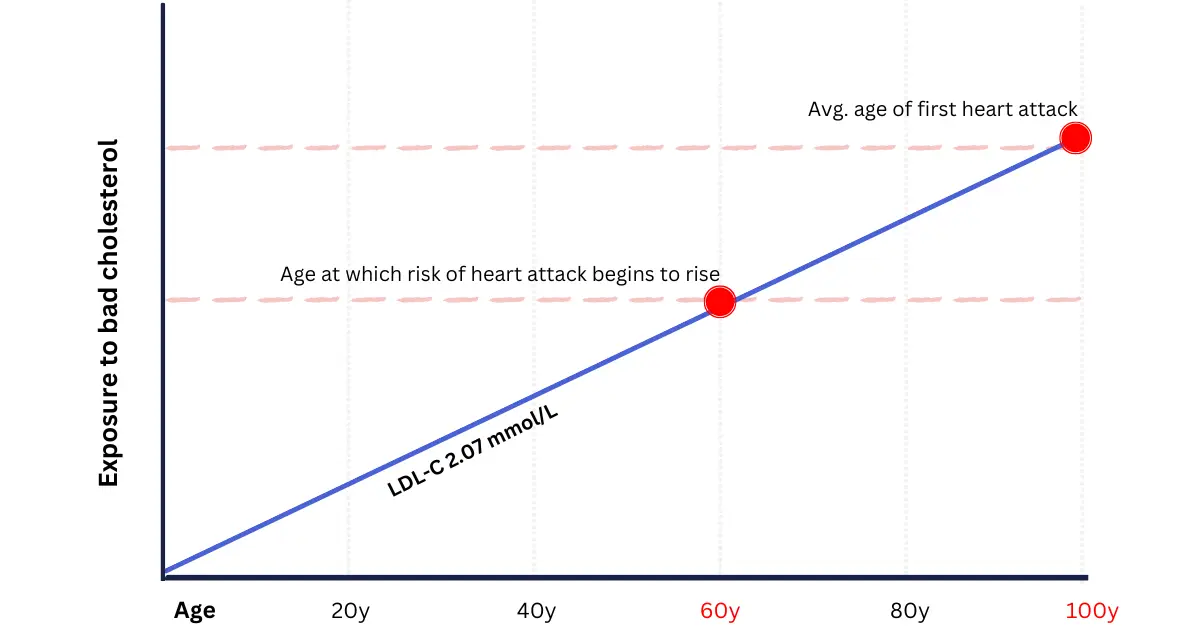
As cholesterol and plaque builds up, the average age of the first heart attack goes down.
These key steps can help you maintain a healthy lifestyle and reduce your risk of atherosclerosis, heart disease, and stroke. 9
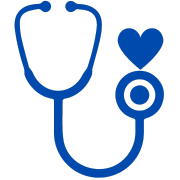

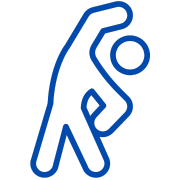
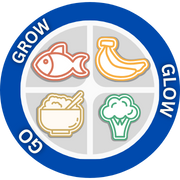
The type of fat (saturated or unsaturated fat) in your diet will affect the amount of good and bad cholesterols in your bloodstream.
Foods that are rich in animal-based saturated fats are also high in cholesterol content.
Plant-based liquid oils, nuts, seeds, and fatty fish.
Oils (such as corn, sunflower, soybean, canola, olive, peanut, sesame oils)

Avocado

Fatty Fish (such as mackerel, tuna, salmon, sardines, and jelawat)

Nuts & Seeds (such as chia seeds, sunflower seeds, flaxseeds, almond, walnuts)
Most come from animal sources, including meat and dairy, and from tropical oils.

Animal Fat
Butter
Cheese

Tropical Oils (such as coconut and palm oils)
Processed foods made with partially hydrogenated oil.
Partially hydrogenated oils
Some baked goods
Fried foods

Hard margarines & shortenings
These are the medications that could be prescribed by your doctor to help lower your cholesterol. Your doctor will also guide you on how to take these medications and the specific dosage you should be taking.
Lowers cholesterol in the blood by inhibiting an enzyme that makes cholesterol.
1 pill/day
Prevent cholesterol from being absorbed in the intestine.
1 pill/day
Lower triglyceride levels in the blood and has a mild effect in lowering LDL-C.
1 pill/day
Binds and inactivates a protein to lower LDL-C.
1 injection/2 weeks
Prevents the production of a protein in the liver to lower LDL-C.
1 injection/6 months
Disclaimer: The above information is not meant to replace medical advice by healthcare professionals. Kindly speak to a healthcare professional to know more details. Not all medications may be suitable or needed for all patients.
Personal Data Disclaimer: None of the data you provide on the website will be collected, held, processed, or used in the form of identifiable personal information within the meaning of Personal Data Protection Act 2010 (for Malaysia).
We are implementing Google Analytics for anonymized tracking of site visitors, we will use cookie information for this purpose. To know more about our cookie policy please visit this page.
This website is a non-promotional material and is supported by Novartis. The content is intended for medical educational purposes only. Novartis does not engage in the promotion of unregistered products or unapproved indications. Please consult local Prescribing Information for registration/product license details.
References: